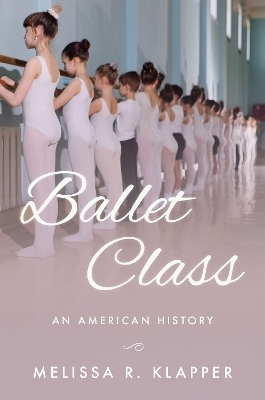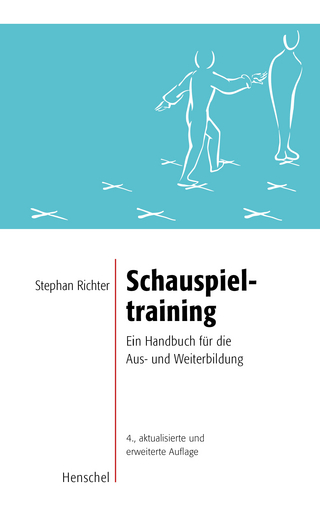
Ballet Class
Oxford University Press Inc (Verlag)
978-0-19-090868-3 (ISBN)
Surveying the state of American ballet in a 1913 issue of Clure's Magazine, author Willa Cather reported that few girls expressed any interest in taking ballet class and that those who did were hard-pressed to find anything other than dingy studios and imperious teachers. One hundred years later, ballet is everywhere. There are ballet companies large and small across the United States; ballet is commonly featured in film, television, literature, and on social media; professional ballet dancers are spokespeople for all kinds of products; nail polish companies market colors like "Ballet Slippers" and "Prima Ballerina;" and, most importantly, millions of American children have taken ballet class. Beginning with the arrival of Russian dancers like Anna Pavlova, who first toured the United States on the eve of World War I, Ballet Class: An American History explores the growth of ballet from an ancillary part of nineteenth-century musical theater, opera, and vaudeville to the quintessential extracurricular activity it is today, pursued by countless children nationwide and an integral part of twentieth-century American childhood across borders of gender, class, race, and sexuality.
A social history, Ballet Class takes a new approach to the very popular subject of ballet and helps ground an art form often perceived to be elite in the experiences of regular, everyday people who spent time in barre-lined studios across the United States. Drawing on a wide variety of materials, including children's books, memoirs by professional dancers and choreographers, pedagogy manuals, and dance periodicals, in addition to archival collections and oral histories, this pathbreaking study provides a deeply-researched national perspective on the history and significance of recreational ballet class in the United States and its influence on many facets of children's lives, including gender norms, consumerism, body image, children's literature, extracurricular activities, and popular culture.
Melissa R. Klapper is Professor of History and Director of Women's and Gender Studies at Rowan University. She is the author of Jewish Girls Coming of Age in America, 1860-1920, Small Strangers: The Experiences of Immigrant Children in the United States, 1880-1925, and Ballots, Babies, and Banners of Peace: American Jewish Women's Activism,1890-1940, winner of the National Jewish Book Award in Women's Studies.
Dedication
Acknowledgements
Overture
First Movements:
Chapter 1: A (Very Selective) Early History of Ballet in America
Chapter 2: Ballet Class 101
Chapter 3: The Russians Are Coming: The Impact of European Teachers on American Ballet Class
Chapter 4: Brought to You by the Ford Foundation: Mid-Century Innovation and the Dance Boom
Themes and Variations
Chapter 5: Up a Steep and Very Narrow Stairway: Teachers, Studios, and the Business of Ballet
Chapter 6: Race and Ballet in America: A Troubled/Troubling History
Chapter 7: Yes, Boys Take Ballet Class Too
Chapter 8: Diplomates of Dance: Ballet and Higher Education
Chapter 9: An Art or a Sport? Recitals and Competitions
Chapter 10: Ballet Bodies
Chapter 11: Think Pink: Ballet and Girl Culture
Chapter 12: Ballet and Popular Culture in America
Coda
Bibliography
| Erscheinungsdatum | 12.03.2020 |
|---|---|
| Zusatzinfo | 27 photographs |
| Verlagsort | New York |
| Sprache | englisch |
| Maße | 165 x 236 mm |
| Gewicht | 771 g |
| Themenwelt | Kunst / Musik / Theater ► Theater / Ballett |
| ISBN-10 | 0-19-090868-8 / 0190908688 |
| ISBN-13 | 978-0-19-090868-3 / 9780190908683 |
| Zustand | Neuware |
| Informationen gemäß Produktsicherheitsverordnung (GPSR) | |
| Haben Sie eine Frage zum Produkt? |
aus dem Bereich


